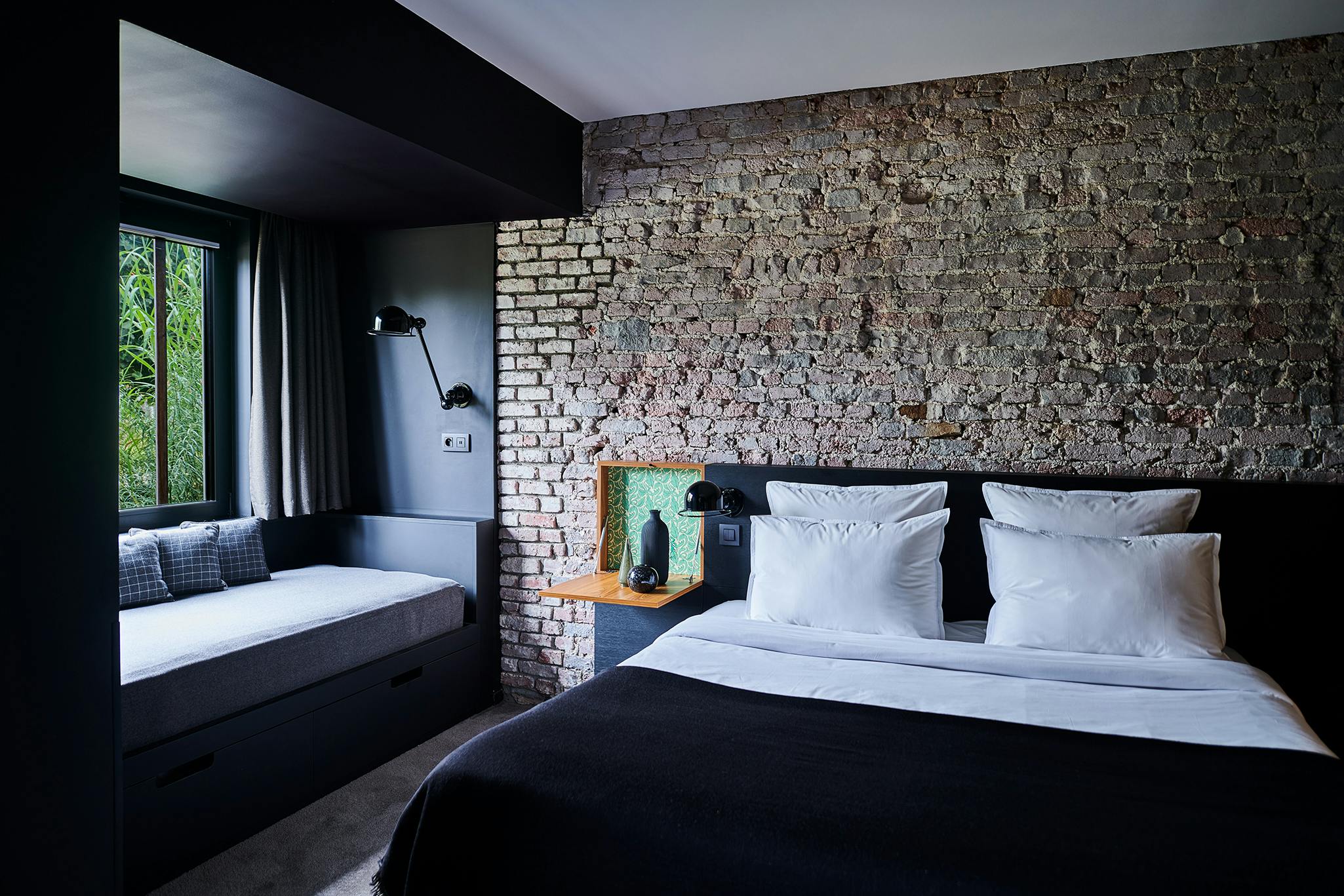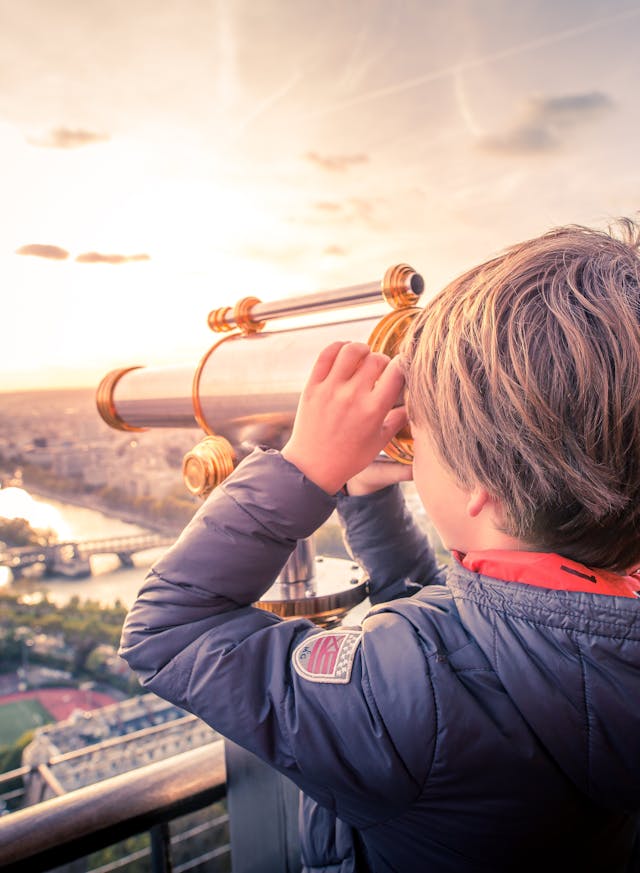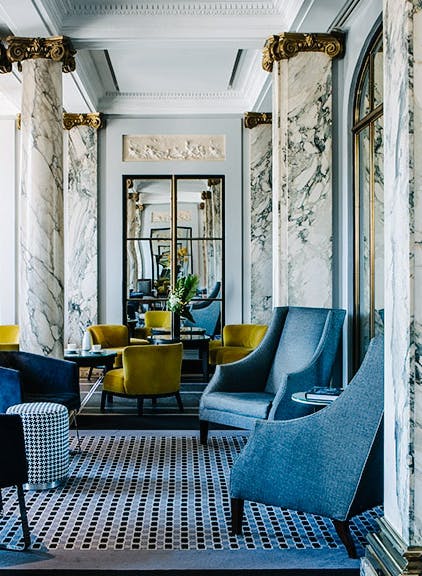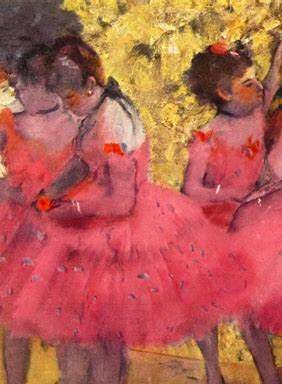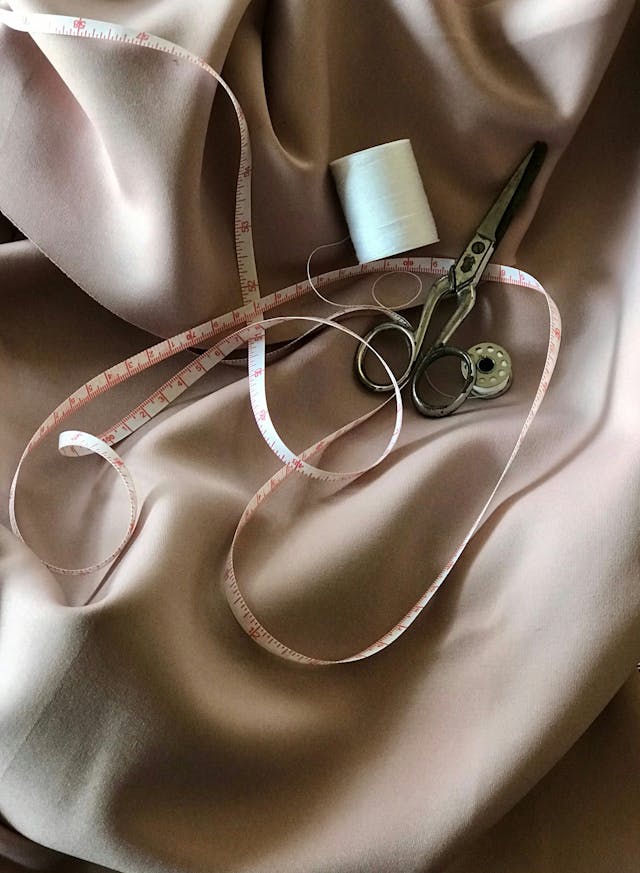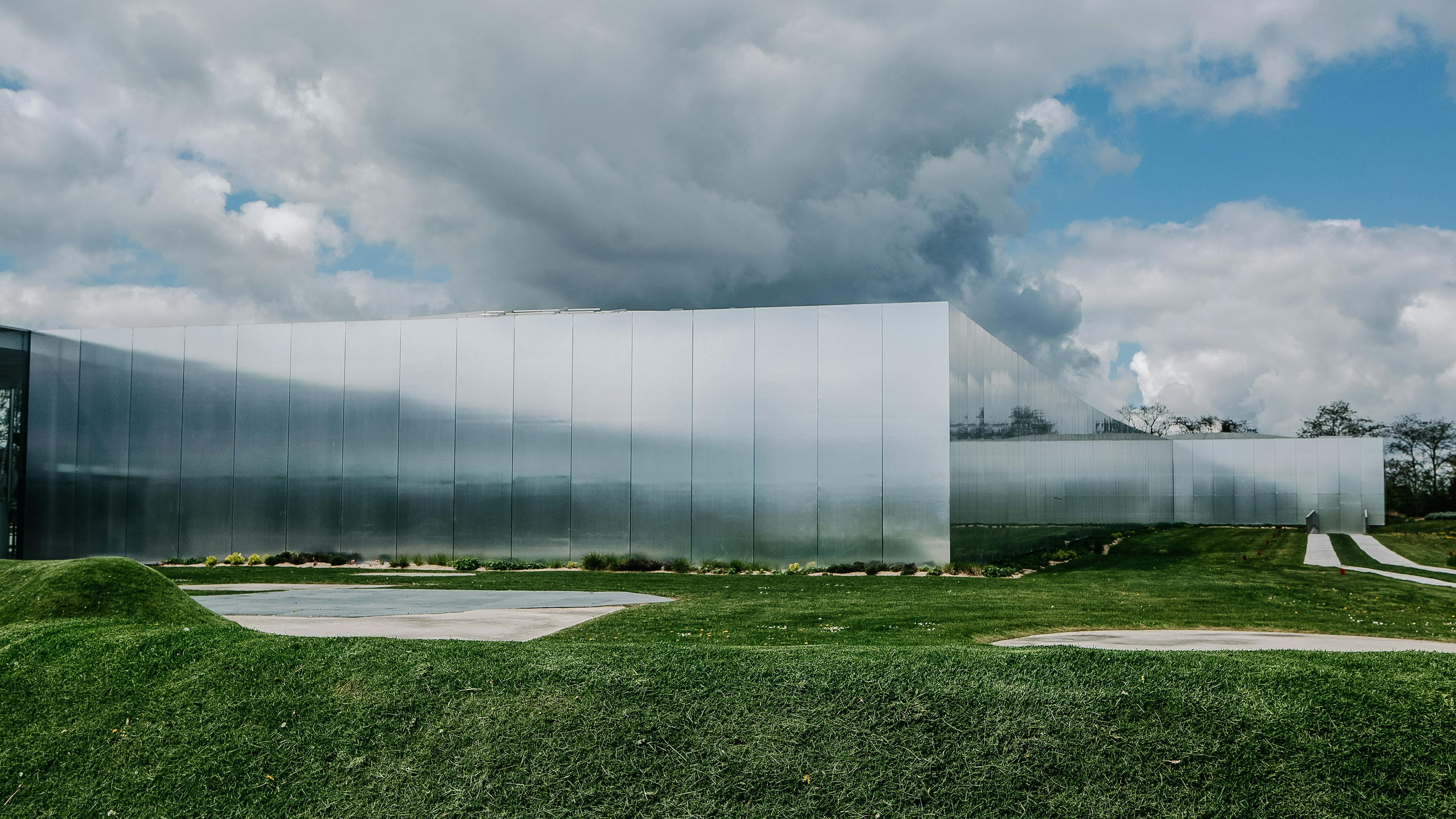
Louvre-Lens Museum: A Cultural Stay Between Art and Heritage
Located in Lens in the Hauts-de-France region, the Louvre-Lens Museum is a regional extension of the famous Louvre Museum in Paris. Inaugurated in 2012, it represents a major initiative to democratize access to art and revitalize a region once marked by mining industry.
Objective and Mission
The Louvre-Lens Museum was designed in the spirit of making works of art accessible outside the French capital and to participate in the cultural and economic development of the Nord-Pas-de-Calais region. It aims to give new life to the Louvre's collections by presenting them in an innovative and dynamic context.
Architecture
The museum's design, by Japanese architecture firm SANAA, is remarkable for its minimalist elegance and exceptional luminosity. The main building is entirely made of glass and aluminum, stretching over a linear space nearly 360 meters long. This transparent structure blends harmoniously into the landscape of the surrounding 20-hectare park, symbolizing a link between the region's industrial past and its cultural future.
Collections and Exhibitions
The Louvre-Lens have a permanent collection, the Galerie du Temps, and hosts temporary exhibitions and long-term exhibitions that change regularly. The works exhibited are mainly from the reserves of the Louvre Museum. The exhibitions are organized around varied themes, allowing visitors to discover pieces from different periods and civilizations.
The Galerie du Temps
The centerpiece of the museum is the Galerie du Temps, a unique space where around 200 major works are exhibited in chronological order highlighting the universal history of art through the ages.
What are the main questions asked about the Louvre Lens Museum?
1. Why was this museum created?
The Louvre-Lens Museum was created with the aim of decentralizing the art collections of the French capital and making them accessible to a wider audience. This project is part of an effort to revitalize the Nord-Pas-de-Calais region, once marked by mining industry. The opening of this museum in 2012 also aimed to boost the region on a cultural and economic level, by attracting visitors from France and abroad.
2. What works are on display?
The works presented are mainly on loan from the Louvre Museum in Paris and cover a wide range of periods and styles, from Antiquity to the modern period.
3. What are the must-see works of the Louvre-Lens Museum?
The Louvre-Lens Museum, thanks to its partnership with the Louvre Museum in Paris, has the opportunity to present world-renowned works from the Louvre's vast collections. The exhibitions change regularly, but several landmark works have been exhibited, including:
• Liberty Leading the People by Eugène Delacroix: Although it was presented temporarily, this emblematic work of the July Revolution of 1830 in France is an example of the type of masterpieces that the museum can host.
• Venus de Milo: A classic example of Greek sculpture, it was also exhibited at the Louvre-Lens, captivating visitors with its timeless beauty.
• The Rê Jewelry: Ancient Egyptian pieces, illustrating the wealth and expertise of ancient Egyptian craftsmen.
Exhibitions are subject to rotation and the museum often offers works of great diversity, covering many historical periods and artistic styles. It is advisable to check the museum's website for current exhibitions before planning your visit.
4. What are the best times to visit the Louvre-Lens Museum?
To make the most of your visit to the Louvre-Lens Museum, here are some tips on the best times to visit:
• Morning: Visiting the museum as soon as it opens (at 10am) is a good strategy to avoid crowds, especially on weekends and holidays. Mornings are generally quieter, allowing for a more tranquil experience.
• Weekdays: If possible, prefer a weekday visit over the weekend. Tuesdays, Wednesdays, and Thursdays often offer less crowded conditions.
• First Sunday of the month: Admission to the museum is free for all galleries, which can be a great opportunity to discover the museum, although it is generally more crowded.
5. Where is the museum located?
The Louvre-Lens Museum is within walking distance from the center of the city of Lens, in the Hauts-de-France region (in northern), France. It is located on the site of the former pit n°9 of the Lens mining company, reflecting the link between the region's industrial history and its cultural revival.
6. Is the museum free?
Access to the Galerie du Temps is free for everyone. Temporary exhibitions may be subject to a charge. The museum also offers specific days and times when access to the entire museum is free.
Book your stay at the 4-star Louvre Lens Esprit de France Hotel
The Hotel Louvre-Lens, nestled in the heart of UNESCO World Heritage, embodies the vibrant reflection of the mining basin that surrounds it. This hotel, located in a restored miners' housing estate, bears witness to the region's industrial past while offering a haven of peace for its visitors. Local architects have masterfully combined the traditional architecture of workers' houses with elements of modern comfort, creating an elegant contrast between raw materials and soft textures.
The hotel's interior is a blend of oak, black stones, and floors fashioned from old railway tracks, contrasting with the elegance of the Galibot's pewter bar and the patterns of the cement tiles. This duality is highlighted, while preserving a warm and welcoming atmosphere that is reflected in the bar and cuisine of Franck Kasprik, where local recipes are revisited to surprise and delight both visitors and connoisseurs.
Located opposite the Louvre-Lens Museum and therefore in the center of the city, the hotel offers an ideal starting point for exploring the region's cultural and historical riches. Visitors can enjoy the panoramas offered by the spoil heaps, discover emblematic sites linked to the Great War, and experience unforgettable human experiences in the heart of the mining basin.

